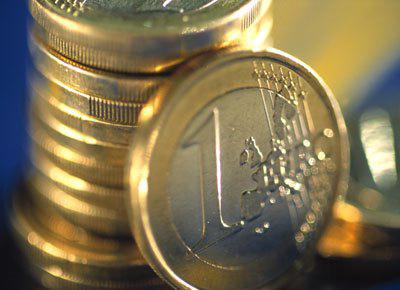Barely visible on the world map, Montenegro had its own currency in money circulation for about 10 years, even more than a century ago. Big changes have taken place since then. What is the modern currency in Montenegro, what is better to take with you when traveling to this country?

Historical moments
In this small country, Montenegro's second own currency began to circulate at the very beginning of the twentieth century. Prior to this, there was no single currency in the country, but in some places the krone from Austria-Hungary was found.
Initially, state leaders tried to introduce “peruns”. It was supposed to be the first Montenegrin money from Peter II Petrovich Negosh, conceived in 1851. But such a currency of Montenegro still did not take root. And then in 1901, the Ministry of Finance declares the kroon to be national money, but this also fails. The idea fails.
The appearance of the "perper"
And only at the beginning of 1906, by special order for the Montenegrin Ministry of Finance, money was printed and forged in Austria, and some time later in France. This currency is called "perper." It was issued in the form of notes from special paper and, naturally, in the form of coins of gold and silver.
Perper cost was equal to the crown. But even such critical and costly reforms could not rid the country of the Austro-Hungarian krone. At the same time, French francs, Turkish and Italian lira, the German Reichmark and other money continue to walk around the republic.
New trends of the twentieth century
With the outbreak of World War I, Austria-Hungary occupied Montenegro and ousted Nicholas I from power. The country was forced to join the KSSH (Kingdom of Serbs, Croats and Slovenes), which several years later became Yugoslavia. The new currency - the perper - is no longer issued. The government was forced to replace the crown with the Yugoslav dinar and give it the status of a national currency.
Euro formation

The end of the nineties of the last century was marked by projects to return the native currency (perper) due to the sharply depreciating dinar (more than 25% per day). They all failed, and recognized the currency as a solid German mark - this is the last currency of Montenegro to the euro, which replaced it after three and a half years.
Montenegro, as you know, is not a member of the European Union, but this has not prevented it from using the euro for many years in its own country for external and internal monetary transactions. The Montenegrins are not upset that they, like representatives of the EU member states, cannot mint coins with national elements and cannot issue euros. The Ministry of Finance of this country believes that the funds received in the country from abroad are sufficient (from traveling tourists and foreign investors).
The currency of Montenegro, which is considered official in 17 countries of the eurozone, in a beautiful resort country runs only unilaterally, without special financial arrangements and, of course, unofficially.
Administers and manages - European Central Bank. Therefore, as a result, the modern national currency is not considered a suitable means for the exchange of values.
The modern national currency of Montenegro

The European currency is imported from anywhere, in any quantity, and not a single state body of Montenegro has the ability to influence and regulate currency flows, since in these matters the country depends on the European Union.
Financial analysts cannot give an explanation for the progress of the euro in Montenegro, which until now has not become a member of the European Union.They agree that payments in euros in such a small country will not affect the financial and economic situation in the eurozone.
Currency in Montenegro: what is better for a tourist to take?
Without filling out a declaration, you can bring in cash only 2,000 euros per person entering today. They will be allowed into the country with cash or a card (debit or credit).

An exchange of dollars in Montenegro is extremely unprofitable, and it is impossible to change the hryvnia or Russian rubles at all. Banknotes of 100 and 500 euros in the country do not go. This is a very large amount of cash for Montenegrins. In small boutiques, even a 50 euro bill sometimes causes shock - they may even refuse to sell the goods.
Euro is today the second most influential currency in the world. It unites many peoples of old Europe, making the exchange of values very simple. 1 euro is 100 euro cents. The face value and outline of the continent is minted on one side of the coin, and the national image of the country in which the coin is in circulation is minted. Euro banknotes, regardless of country, have one design.
Conclusion
Since 2012, the euro has been the semi-official currency of Montenegro, due to the fact that this state has been granted candidate status as a member of the European Union. It is possible to exchange the brought funds for the country's national currency - the euro - in state banking institutions and official exchangers with a license issued by the state.
